What's Special About These United States -- One Through Ten?
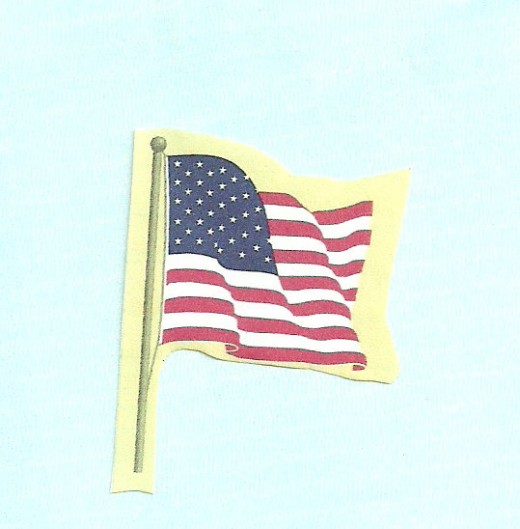
States of the United States of America
While most countries have a flag that represents their native peoples, not all nations have additional individual flags that designate specific land areas of their countries.
The United States of America has the well-known national Stars and Stripes, as well as 50 individual flags which each recognize one of the fifty states that comprise the United States of America's 3,717,800 square miles.
Each state has a unique history that makes it a special, individual part of the United States.
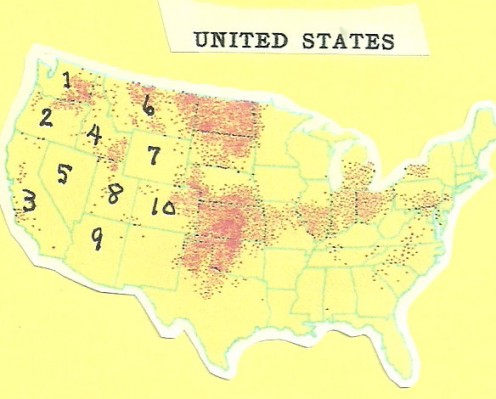
The states of America in the above map are as follows: No.1 = Washington; No.2 = Oregon; No.3 = California; No.4 = Idaho; No.5 = Nevada; No.6 = Montana; No.7 = Wyoming; No.8 = Utah; No.9 = Colorado; and No.10 = Arizona.
Their land masses in square miles are: Washington = 68,192 (20th largest in the U.S.); Oregon = 96,981 (10th largest); California = 158,693 (3rd); Idaho = 83,557 (13th); Nevada = 110,540 (7th); Montana = 147,138 (4th); Wyoming = 97,914 (9th); Utah = 84,916 (11th); Colorado = 104,247 (8th); and Arizona = 113,909 (6th).
Statehood into the United States of America for these ten states came in the following years:
Washington - November 11, 1889....................Montana - November 8, 1889
Oregon - February 14, 1859.............................Wyoming - July 10, 1890
California - September 9, 1850.........................Utah - January 4, 1896
Idaho - July 3, 1890..........................................Colorado - August 1, 1876
Nevada - October 31, 1864..............................Arizona - February 14, 1912
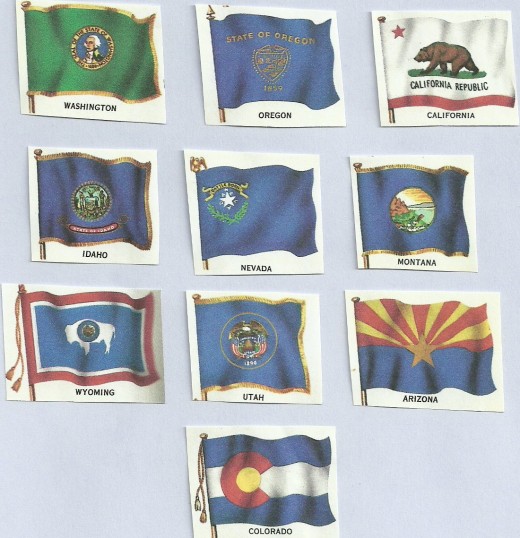
How the States are Positioned on the National Flag
Although the 50 states of the United States never have been assigned a specific position on the U.S. flag of 50 stars, its is generally accepted that the stars represent each state, beginning left to right in each row, in the order that the states were granted statehood.
The 13 original colonies -- Delaware, Pennsylvania, New Jersey, Georgia, Connecticut, Massachusetts, Maryland, South Carolina, New Hampshire, Virginia, New York, North Carolina, and Rhode Island -- likewise are represented, top to bottom, by the 13 red and white stripes.
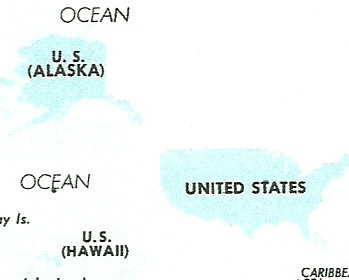
Alaska has the largest land mass of any state of America. It covers 586,400 square miles! It is more than twice the size of Texas. Alaska and Hawaii achieved U.S. statehood in 1959, Alaska on January 3 and Hawaii on August 21.
Specialty of California -- In 1945, governmental figures and representatives from fifty nations gathered in San Francisco to sign the Charter of the United Nations.
Special in Utah -- The first transcontinental railroad was connected at the town of Promontory in 1869, via the joint efforts of the Union Pacific and the Central Pacific Railroads. In 1824, fur trader Young Jim Bridger discovered the Great Salt Lake. Twenty-three years later, Brigham Young founded Salt Lake City.
Special for Wyoming Natives -- A tower of petrified tree stump, reaching 865 feet into the air and 1,200 feet above the Belle Fourche River in the Black Hills, is believed to be the work of volcanic action. The lava rock became America's first national monument in 1906.
Specialty in Nevada -- Frenchman Flat became the location of the nation's first atomic bomb test in 1951. But it was in 1936 that the state's greatest achievement was completed -- the monumental Hoover Dam that corraled the Colorado River.
Special Delight in Arizona -- Petrified Forest National Park is the wonder of Arizona. Located in the state's northeastern portion, the petrified wood is the greatest collection of such varicolored specimens in the world.
Montana's Specialty -- Montana's portion of Glacier National Park has fed the state's economy since its establishment in 1910. Musicians and athletes alike claim the symbolic "M" implanted in Mount Sentinel overlooking the University of Montana at Missoula School of Music.
Special to Oregon -- John Jacob Astor was a fur-trading businessman in early Oregon. He established a fur-trading post at Astoria, the first settlement of the state, in 1811. A cylindrical memorial tower of great height marks the spot. In 1843, Oregon's Champoeg (near Salem) settlers came together to organize the first government agency in the United States located west of the Rockies.
Special in Idaho -- Sun Valley ski resort is open year round and is a precious economic strength for Idaho. In 1949, Arco became a site for a National Reactor Testing Station of the Atomic Energy Commission.
Washington Specialty -- The Grand Coulee Dam, one of several mighty dams in the western states, is one of the world's largest concrete constructions. It holds in check the Columbia River, discovered in 1792 by Captain Robert Gray. Fort Vancouver was the site of the nation's first sawmill.
Special to Colorado -- Pike's Peak was the state's 1859 gold rush destination that attracted huge runs. The longest irrigation tunnel in the world (northwest of Denver) and the Rocky Mountain Moffat Tunnel, which locked Denver into the transcontinental railroad, were historic construction sites.
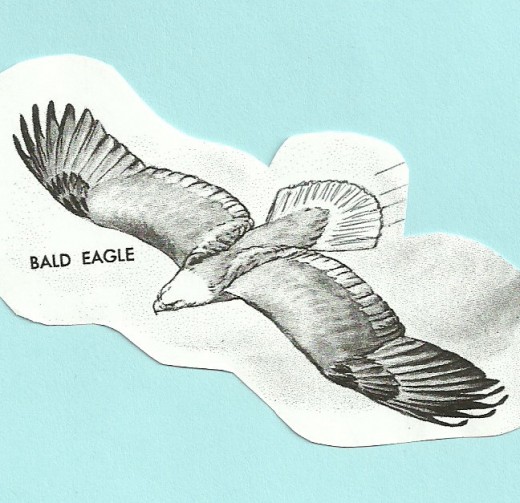
To be continued with ten more states...
New Mexico
North Dakota
South Dakota
Nebraska
Kansas
Oklahoma
Texas
Minnesota
Iowa
Wisconsin
...with more facts, maps, and
flags...
- Ten States, Flag Flying, Statehood and Land Mass in the United States
The United States of America have varied land masses, from small to medium to gigantic, in comparison to each other. How does the USA's total square miles divide out in the middle states' land acreage?








